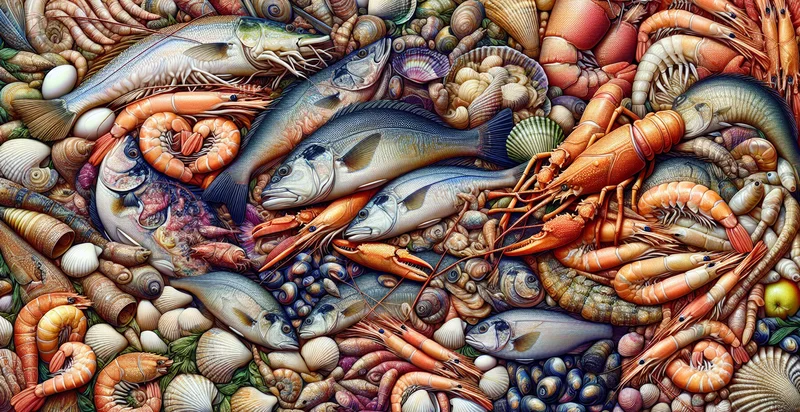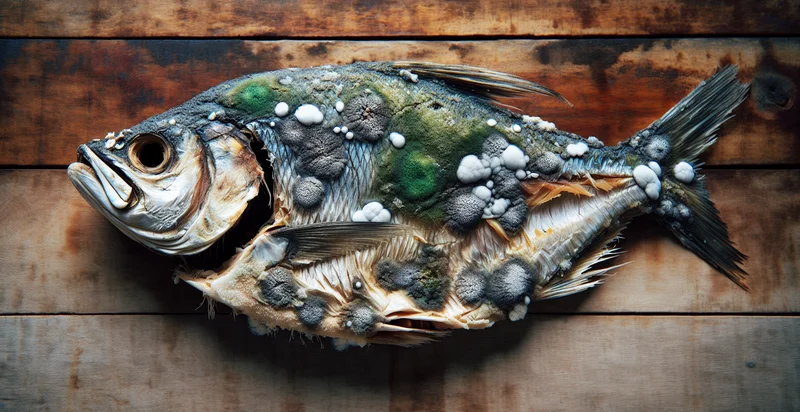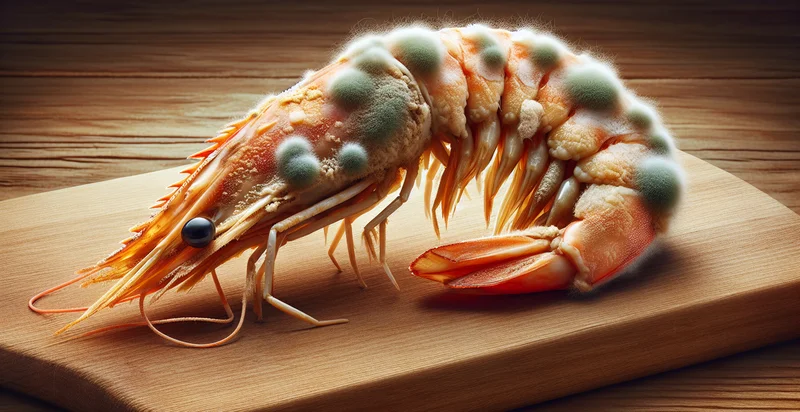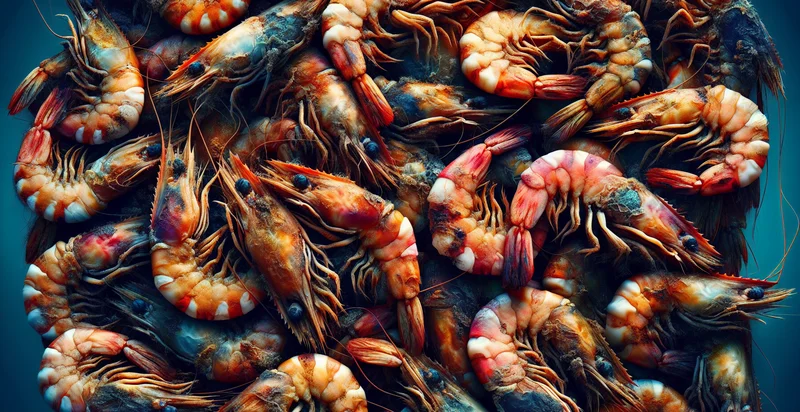Identify seafood types
using AI
Below is a free classifier to identify seafood types. Just upload your image, and our AI will predict what type of seafood it is - in just seconds.

Contact us for API access
Or, use Nyckel to build highly-accurate custom classifiers in just minutes. No PhD required.
Get started
import nyckel
credentials = nyckel.Credentials("YOUR_CLIENT_ID", "YOUR_CLIENT_SECRET")
nyckel.invoke("seafood-types", "your_image_url", credentials)
fetch('https://www.nyckel.com/v1/functions/seafood-types/invoke', {
method: 'POST',
headers: {
'Authorization': 'Bearer ' + 'YOUR_BEARER_TOKEN',
'Content-Type': 'application/json',
},
body: JSON.stringify(
{"data": "your_image_url"}
)
})
.then(response => response.json())
.then(data => console.log(data));
curl -X POST \
-H "Content-Type: application/json" \
-H "Authorization: Bearer YOUR_BEARER_TOKEN" \
-d '{"data": "your_image_url"}' \
https://www.nyckel.com/v1/functions/seafood-types/invoke
How this classifier works
To start, upload your image. Our AI tool will then predict what type of seafood it is.
This pretrained image model uses a Nyckel-created dataset and has 31 labels, including Amberjack, Anchovies, Bass, Bony Fish, Cartilaginous Fish, Catfish, Cephalopods, Clams, Crab and Crustaceans.
We'll also show a confidence score (the higher the number, the more confident the AI model is around what type of seafood it is).
Whether you're just curious or building seafood types detection into your application, we hope our classifier proves helpful.
Related Classifiers
Need to identify seafood types at scale?
Get API or Zapier access to this classifier for free. It's perfect for:
- Seafood Quality Control: This function can be employed in seafood processing facilities to automatically classify and assess the types of seafood being processed. This enhances quality control by ensuring that mislabeling is minimized and that products meet regulatory standards.
- Restaurant Menu Management: Restaurants can utilize this seafood identifier to verify the types of seafood they are sourcing and serving. This ensures menu accuracy and helps maintain high standards for freshness and authenticity in seafood offerings.
- Supply Chain Transparency: Seafood distributors can leverage this technology to verify the various types of seafood throughout the supply chain. This transparency can build consumer trust by providing accurate information about the origin and types of seafood being sold.
- E-commerce seafood sales: Online seafood marketplaces can integrate this classification function to ensure accurate representation of products listed on their platforms. This helps prevent fraud and misrepresentation, leading to higher customer satisfaction and reduced returns.
- Sustainability Tracking: Environmental organizations can use the classifier to identify seafood types in studies focused on sustainable fishing practices. By accurately categorizing species, they can better track overfishing and promote awareness of endangered types.
- Culinary Education: Cooking schools and culinary courses can incorporate this seafood identifier into their curriculum. This practical tool helps students learn about various seafood types and their culinary usages, enhancing their knowledge and skills in seafood preparation.
- Food Safety Inspections: Health inspectors can use this function as part of their inspection toolkit. It can quickly identify seafood types during inspections, helping ensure compliance with safety regulations and reducing the risk of foodborne illnesses.


